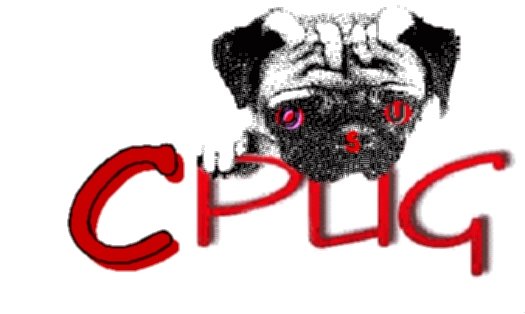 |
Scientific Computing II
(Intro Computational Science/Physics) |
|
 |
Scientific Computing II
(Intro Computational Science/Physics) |
|
|
Online Course: the coupled lectures and slides are viewable with a browser and there is no scheduled lab time. You are encouraged to have conversations as needed with the instructor via email or via Blackboard. |
Mathematical, numerical, and conceptual elements forming foundations of
scientific computing: computer hardware, algorithms, precision,
numerical
analysis & parallel computing. Video-based lectures plus labs.
|
Professor: Rubin H Landau |
Midterm 27April 2010 Final Exam 9 June |
499 Weniger Hall |
|
|
|
|
Lab: Weniger 412 |
|
| Learning Outcomes |
Check out CPUG |
||
|
VideoLectures |
Prerequisites: PH 265 or CS 161 or
introductory programming experience, PH 211, MTH 252;
Corequisites: MTH 306 (Series
& Matrices), or equivalent.
|
Text: |
Landau, Paez, Bordeianu, A Survey of Computational Physics; introductory computational science |
|
|
Princeton University Press, 2008. |
|
Electronic Notes |
Draft notes are obsolete. A DVD with Python version available from instructor. |
|
Electronic Enhancements |
Sample Codes in multiple languages, Animations, Applets, Visualizations, etc., now on text's CD |
|
Electronic Lectures (Videos) |
Also available on DVD |
|
Quality and completeness of projects (best N-1 out of N) |
55% | Midterm 1 | 20% |
| Midterm 2 (Previous Final) | 20% | Participation | 5% |
The projects involve some programming and explorations,
usually done
via a modification of a
sample code. The exams emphasize
understanding of concepts and
vocabulary, not details of programming. Use of any programming language is
acceptable, although
we will focus on Java. .
Acceptable
Cooperation: You are encouraged to discuss
assignments with the instructors and other students. However, even if you work
in a
group,
you need to understand all work that you hand in. When you place your name on
an
assignment, we view it as a signed statement
that it is your work
and that
if asked to, you can explain it. Warning:
Handing in another student's assignment (either in original or
modified form)
without
acknowledgement is
academic dishonesty and will result in an F grade for the entire
course. No credit will be given
for running the sample codes given to you.
| Physics Computer Support Page | On-line Unix tutorial | Sign up for a Physics Account? | Secure Shell Client
(not latest, right click) |
Computational Physics Lab: After you sign up for an account, you will have access to the Physics workstation cluster.
You may use the
computers in
Weniger 412 as well as 497 (you will need a different key for 497 or someone to
let you in). You are
permitted to use the lab whenever
it is not being used by another class and
during the hours
that Weniger hall is open. You can sign on remotely at any time.
Partial support for this course has been provided by the National Science
Foundation as part of the
development of
the
CPUG degree program.
Rubin H Landau, Oregon
State University, Corvallis, Oregon, 97331